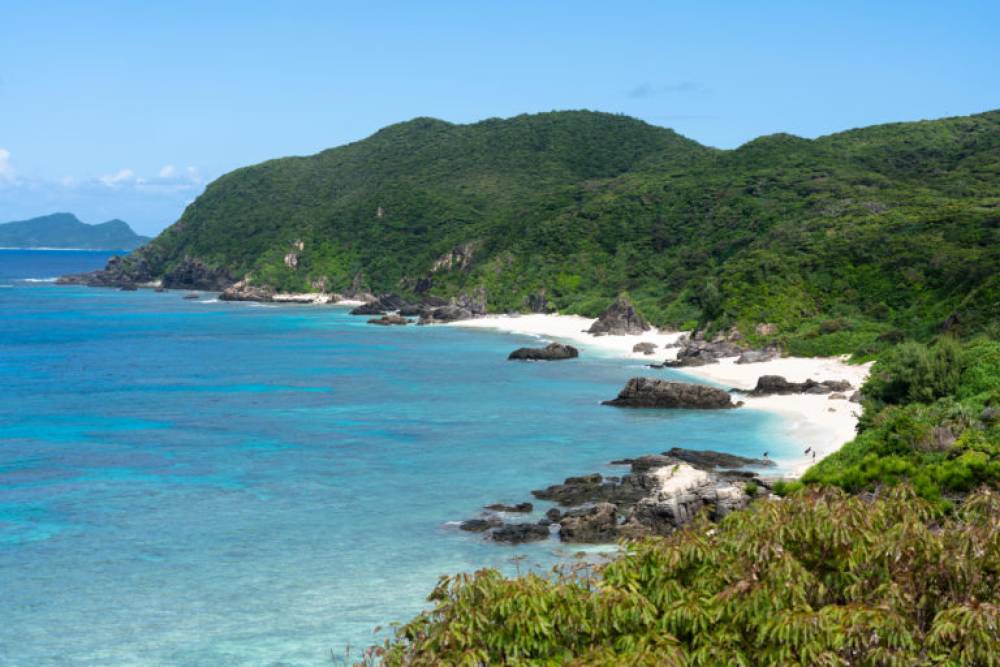Japan will begin test mining rare earth rich mud from the deep seabed near Minamitori Island in 2026, aiming to secure a domestic supply of critical minerals amid tightening global exports.
The government-backed project, led by Shoichi Ishii of the Cabinet Office’s ocean innovation platform and using pipes deployed by a Japan Agency for Marine-Earth Science and Technology (JAMSTEC) vessel, marks the world’s first attempt to extract and refine rare earths from abyssal mud.
The project will collect mud at depths of 5,000–6,000 m near Minamitori Island, with trial operations set to begin in January 2026, as reported by Reuters.
If successful, the system could process up to 350 tonnes of mud per day by January 2027, enabling separation of elements such as dysprosium, neodymium, gadolinium and terbium for use in EV motors and high-tech devices.
In 2024, researchers from the University of Tokyo and the Nippon Foundation had already identified over 200 million tonnes of manganese nodules rich in battery metals in the Pacific Ocean, highlighting vast resource potential at depths around 5,500 meters.
A separate survey by the University of Tokyo and the Nippon Foundation estimated the seabed nodules contain approximately 610,000 tonnes of cobalt—enough for 75 years of Japan’s consumption—and 740,000 tonnes of nickel, covering 11 years of domestic demand.
Complex operation
Analysts caution that deep sea mining at such extreme depths poses technical and environmental challenges, with BMO Capital Markets’ Colin Hamilton noting the complexity and urging further impact studies before buyers commit to seafloor-sourced materials.
Several major banks, including Credit Suisse, Lloyds and NatWest, have already introduced policies restricting financing for deep sea exploration until comprehensive environmental assessments are completed.
Meanwhile, the International Seabed Authority (ISA) is finalizing regulations by 2025, potentially paving the way for regulated commercial operations in international waters.
Since 2014, the ISA has been under increasing pressure to develop a mining code. The organization will continue its general meetings at the end of this month, with the full Assembly in Kingston, Jamaica, scheduled from July 21 to 25.




